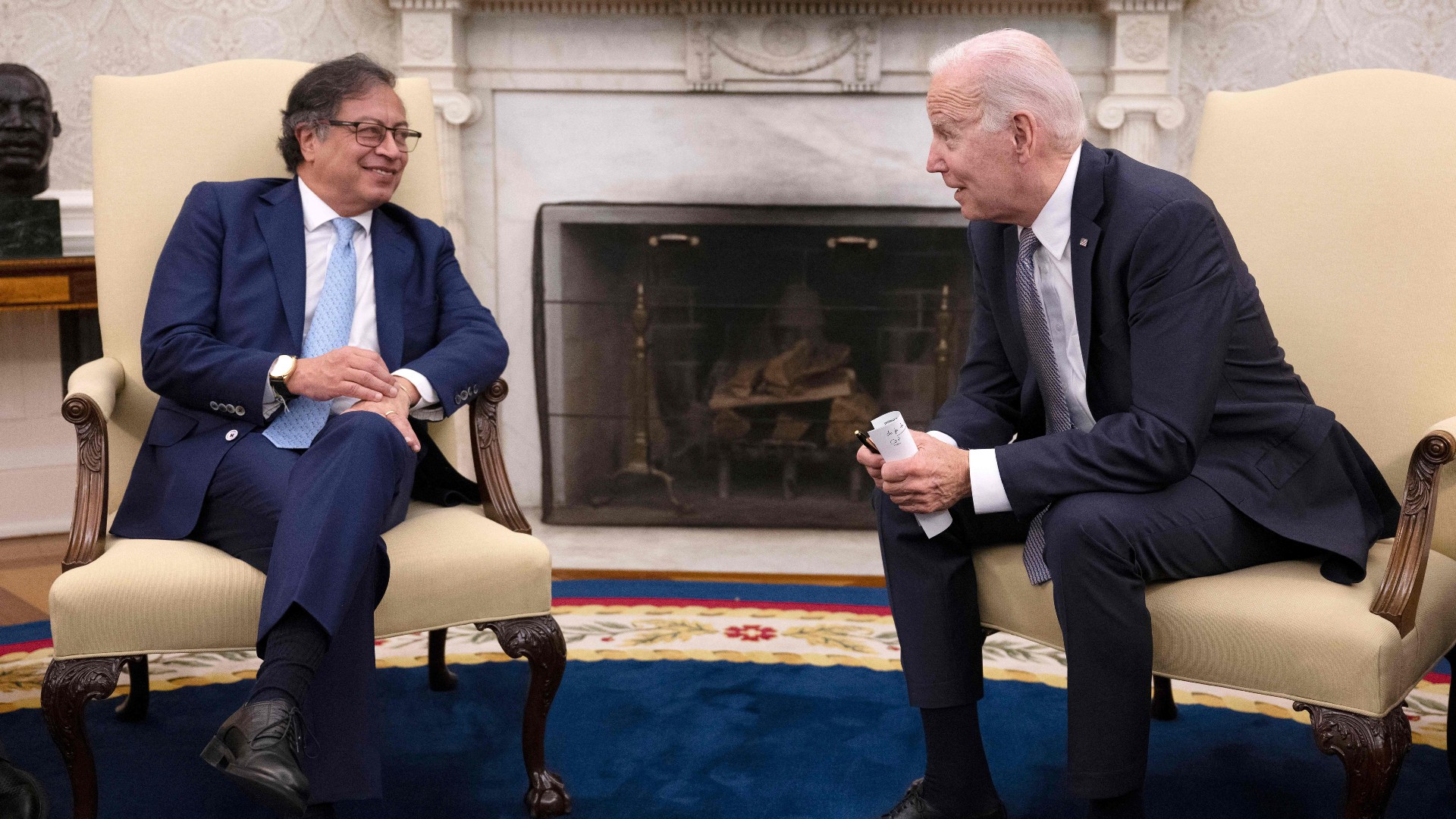© Reuters. Lack of foreign currency and uncertainty triggers informal exchange rate in Argentina
Buenos Aires, Apr 20 (.).- The shortage of dollars in Argentina, which is dragging strong economic imbalances deepened this year by the drop in agricultural exports due to the drought and the proximity of the presidential elections, is reflected in the exchange rate parallel, which so far this week has grown by up to 10%.
The so-called ‘blue’ exchange rate increased from 400 to 440 pesos in four days and then dropped to 434 pesos, as a reflection of a deterioration that is accelerating, because the differences are added to an economy that finds it difficult to find new sources of currency. internal disputes within the Peronist government, between the president, Alberto Fernández, and the Minister of Economy, Sergio Massa.
The Ministry of Economy released this Thursday the photo of a meeting between Fernández and Massa at the presidential residence in Olivos to decompress the political uncertainty.
Subsequently, at the Idea Energy 2023 Experience forum, Massa acknowledged that “the recurring crises in Argentina occur due to shortages of foreign currency.”
It did so on a day of high tension because despite having launched a new version of a differentiated exchange rate to promote the settlement of foreign currency for the soybean complex, it is not giving the expected result and the Central Bank continues to lose reserves.
“The problems in the economy are not political, they are economic,” said analyst Salvador Di Stéfano in his latest report.
The economist explained that the rise in the exchange rate “is supported by the climate catastrophe,” which reduces agricultural exports by an estimated 20 billion dollars, but also by “the lousy administration of the State by the government” and the “lack of policies that generate confidence”.
Massa took office as the third Minister of Economy last July, after the departure of Martín Guzmán and Silvina Batakis, at a time that the leaders of the ruling party themselves recognize as a strong weakness of the Fernández government.
Since then inflation climbed to 104.3% per year last March, the deterioration of the Central Bank’s balance sheet continues, with net reserves at minimum levels.
And although it has achieved certain modifications in the conditions of the International Monetary Fund (IMF) program and is trying to renegotiate the goals due to the drought, which reached historical levels, it is difficult for it to find sufficient sources of foreign currency.
Argentina has closed the international debt market, with a high country risk of 2,617 basic points, and a fiscal deficit that it can finance in a limited way in the domestic market.
To prevent currency flight, Argentina restricts access to the official exchange market, but inconsistencies appear in the gap with the parallels, either in the stock market (433.96 pesos) and in the informal retail market (434 pesos). and the official wholesaler (217.48 pesos).
Added to this is the search for coverage with the purchase of dollars in view of the presidential elections, which are held next October, with proposals to unify the different exchange rates or to dollarize the economy, which further reduces the demand for Argentine pesos.






